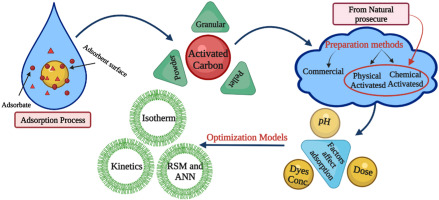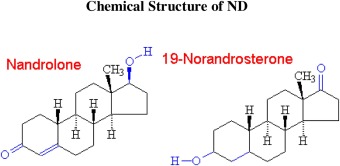

Optimizing inspection policies for buried municipal pipe infrastructure
Condition assessment is an integral component in any infrastructure asset management system. Without condition information, asset managers lack the ability to make appropriate decisions regarding needed maintenance, rehabilitation, and replacement of infrastructure. Existing and emerging technologies for assessing the condition of water and sewer pipes provide a better picture of the state of these buried assets. Unfortunately, many of these technologies are costly and provide results that are not always highly reliable. This paper presents a methodology to assist asset managers in balancing the value of information revealed by a condition assessment technology with the cost of obtaining this information. The paper describes the computational platform of the developed methodology and focuses primarily on the optimization process that utilizes the partially observable Markov decision process (POMDP) and genetic algorithms. This policy determines the most appropriate condition assessment technology and interval between inspections. The developed methodology takes into consideration direct and indirect costs of infrastructure failure. Optimization models are developed at both the asset and network levels. A case study of the water distribution network for the city of Hamilton, Canada, is presented to demonstrate the use and capabilities of the developed methodology. At the asset level, results allow the asset manager to select the most suitable condition assessment technology and inspection interval for a particular pipe. At the network level, results enable the proper allocation of a condition assessment budget across all pipes in the system. © 2012 American Society of Civil Engineers.


